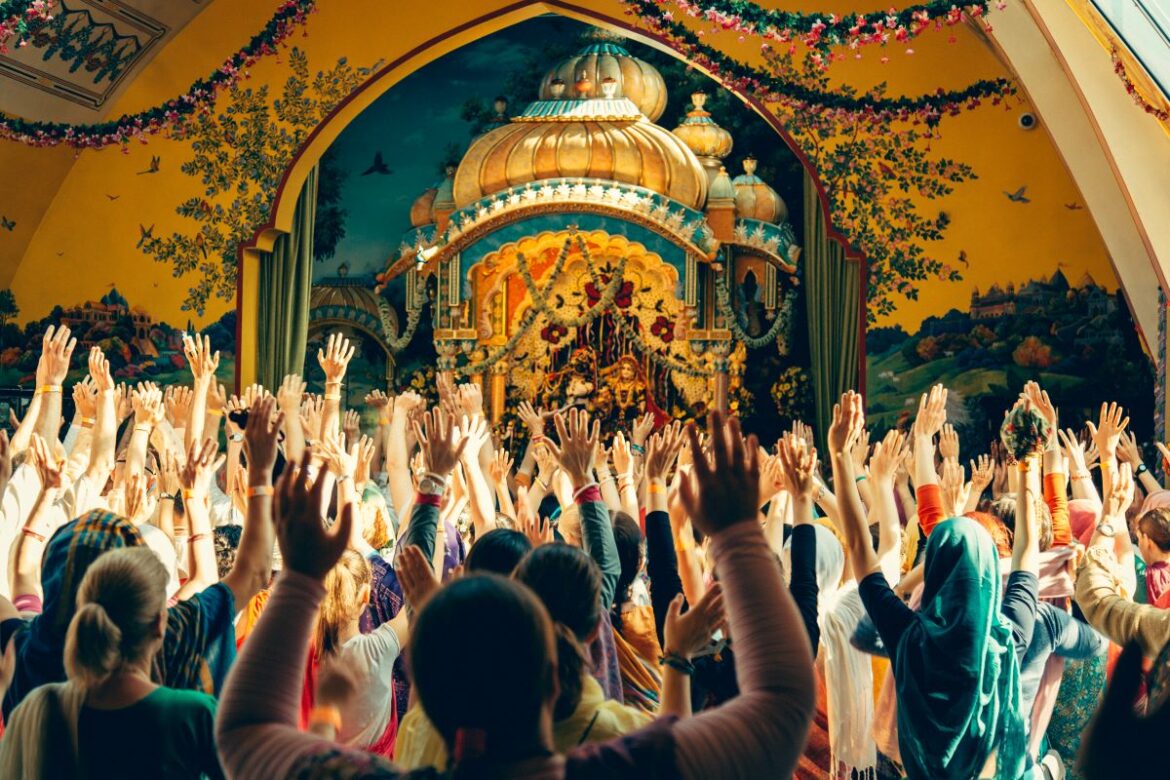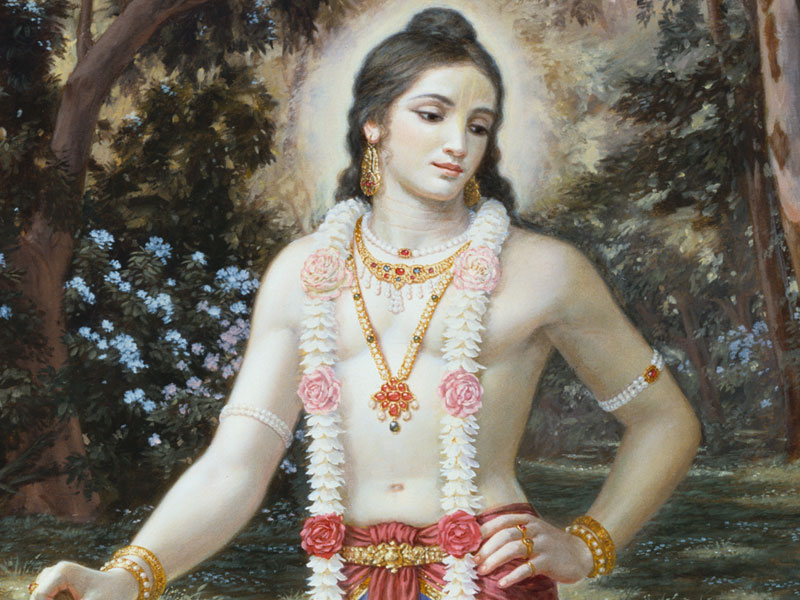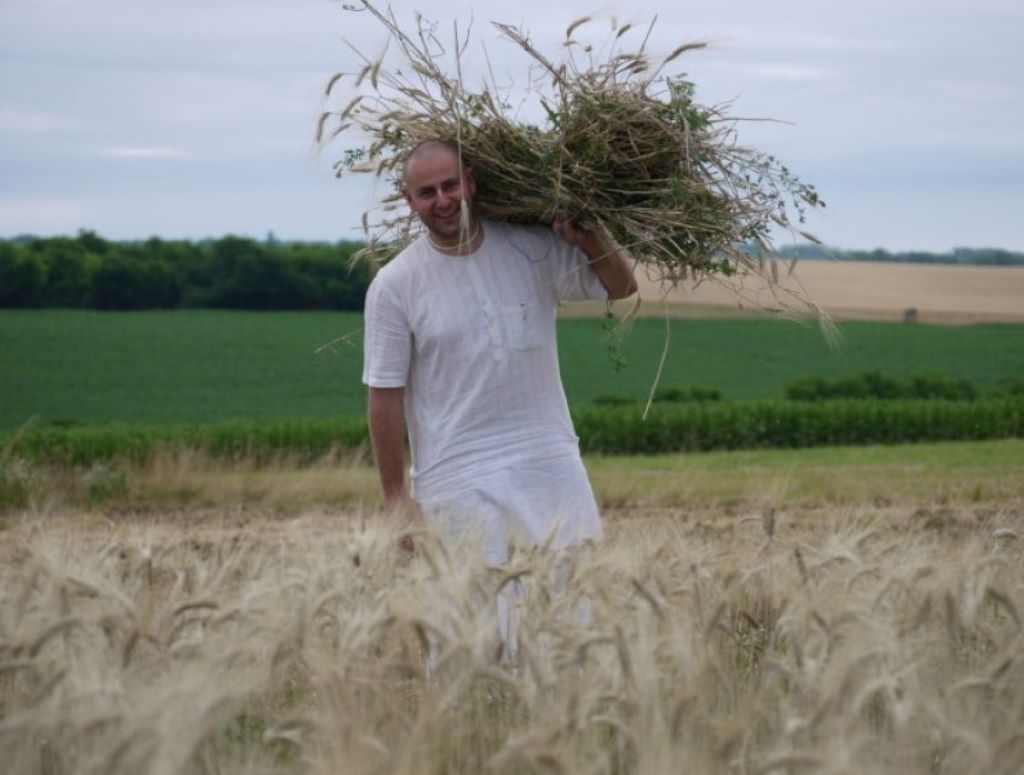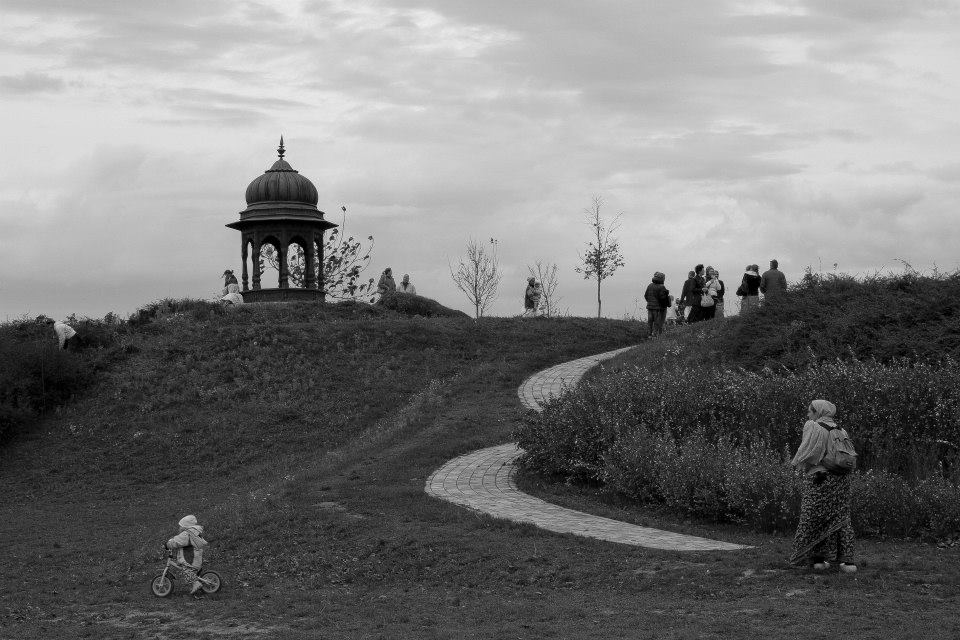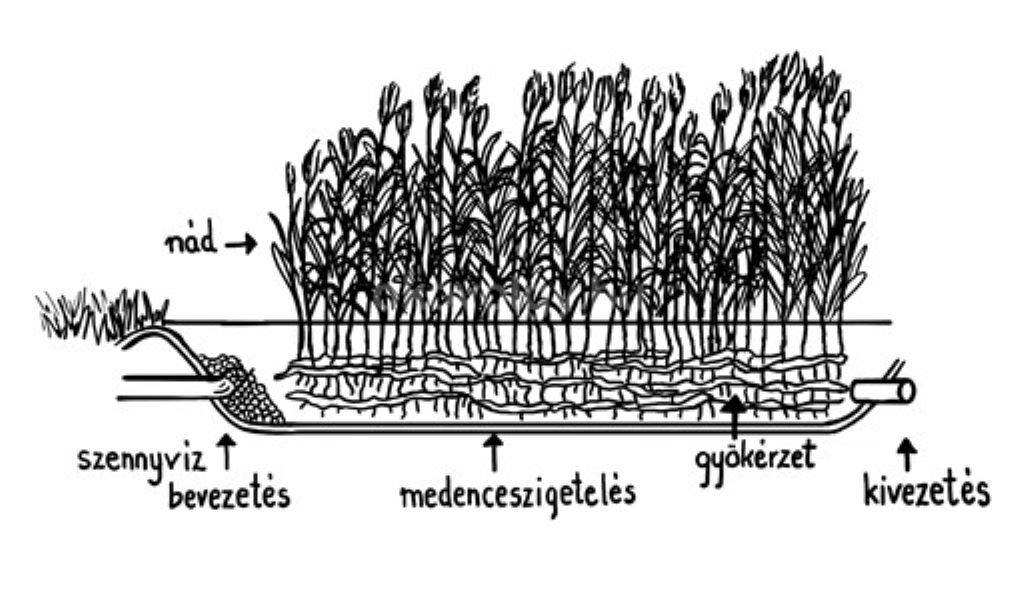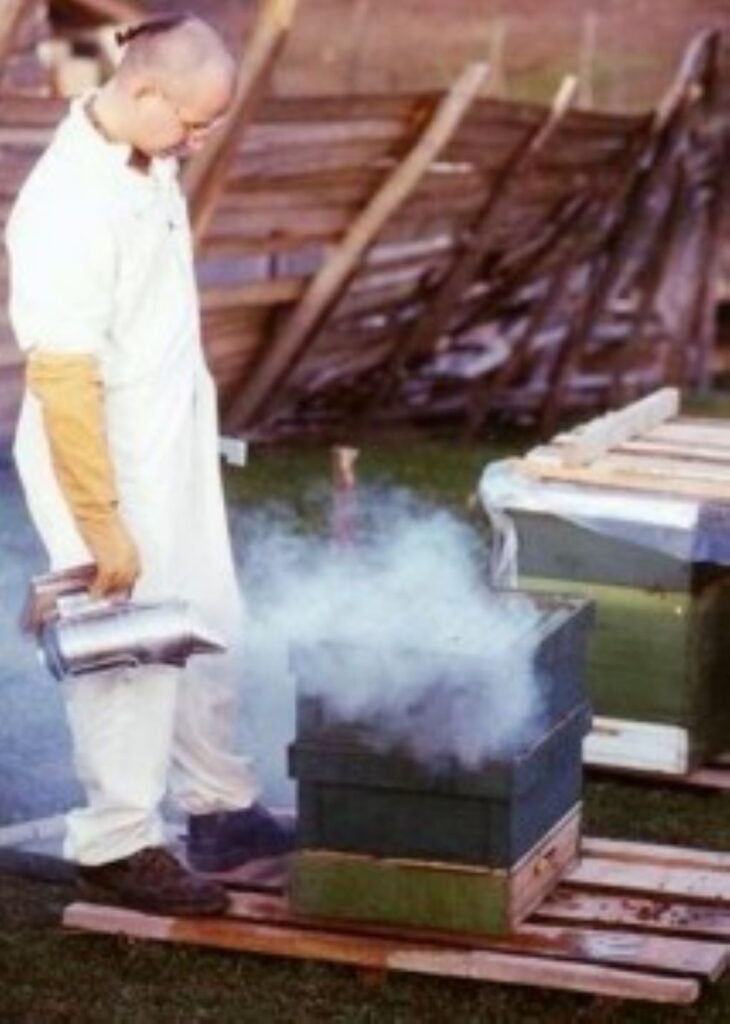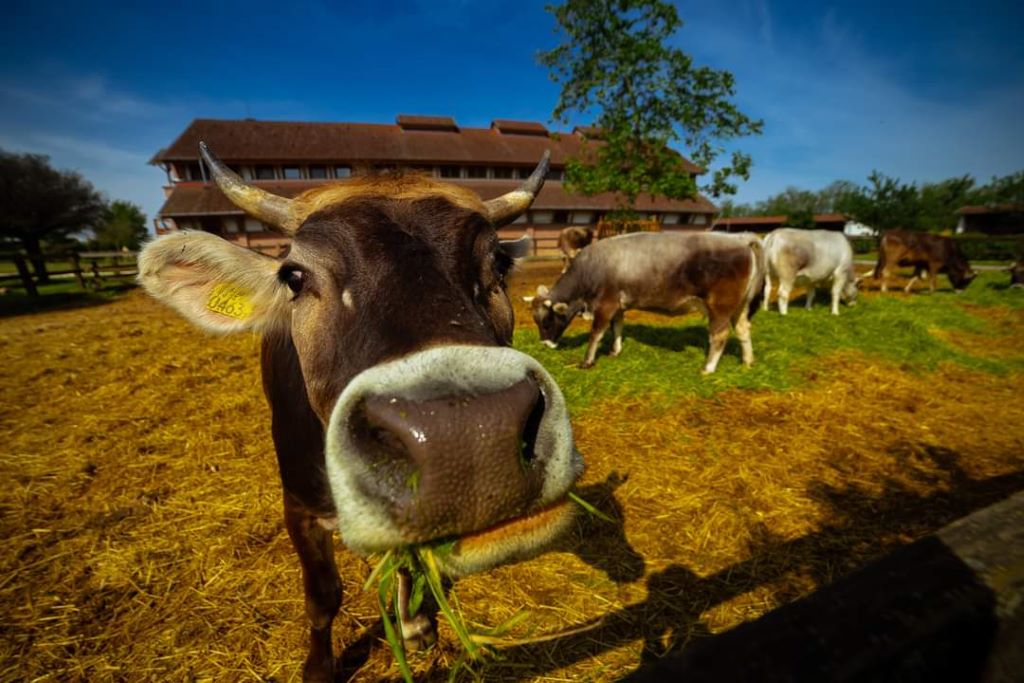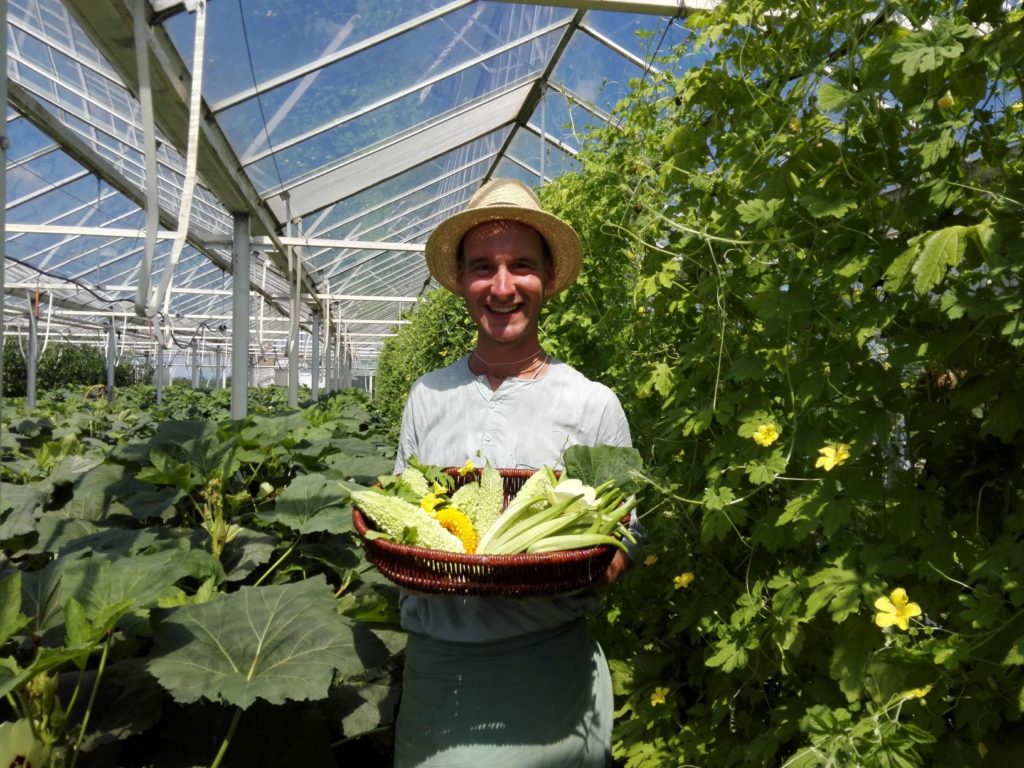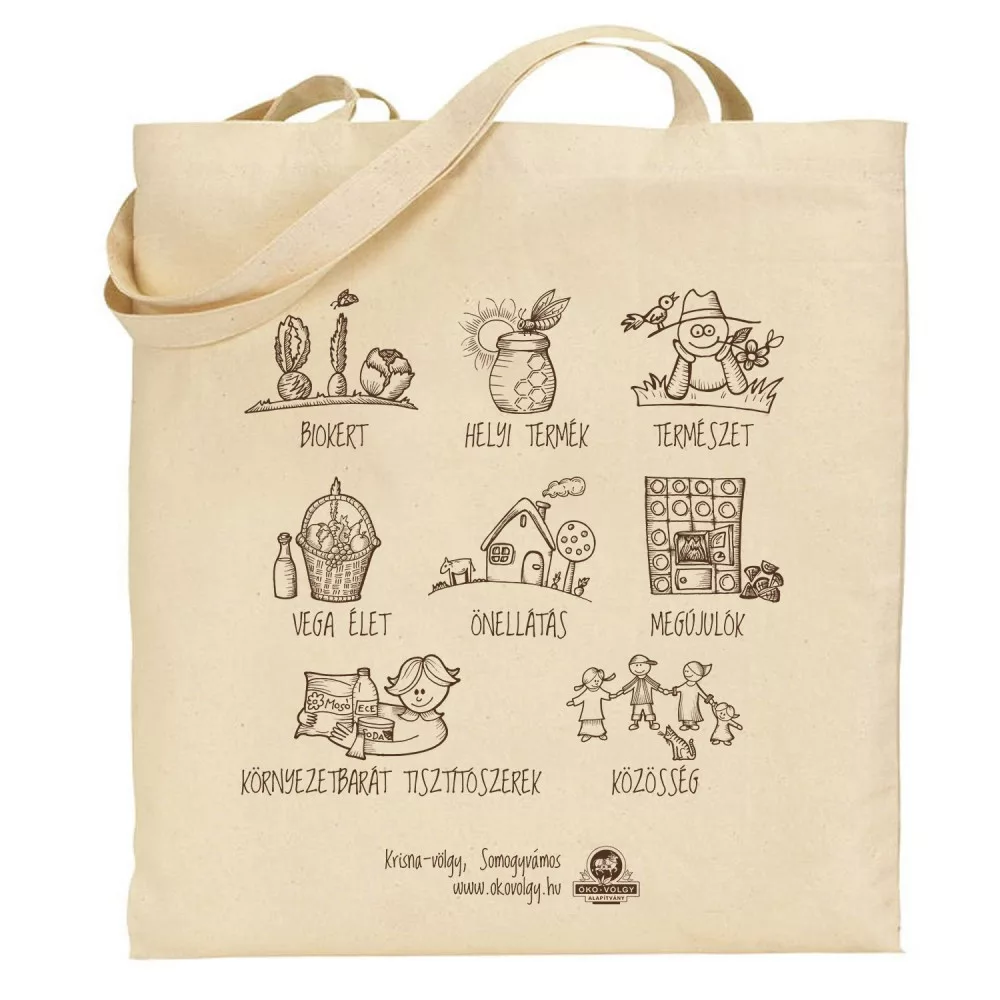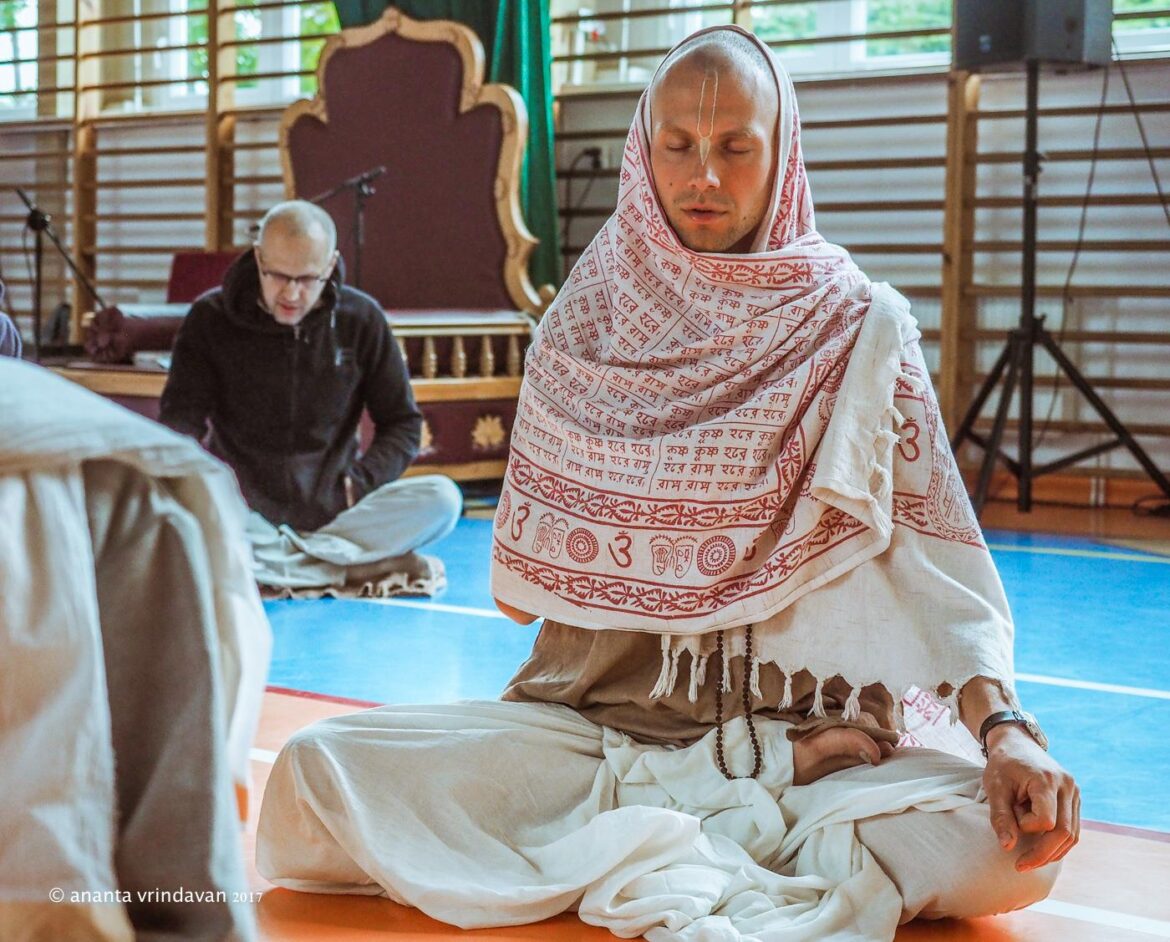If you want to deeply experience spiritual festivals throughout the year, the communities of Krishna Valley and the Budapest temple warmly welcome you. These festivals are not just traditions—they are opportunities to experience a higher-quality, joyful life filled with intimate connections, while also immersing yourself in the rhythm of nature and ancient Indian culture. Let’s take a look at these special days, which we honor in Krishna Valley and at the Budapest temple with communal singing (kīrtana), ritual bathing (abhisheka), and festive feasts.
Let’s take a brief look at each of the festivals together!
The Main Vaishnava Festivals
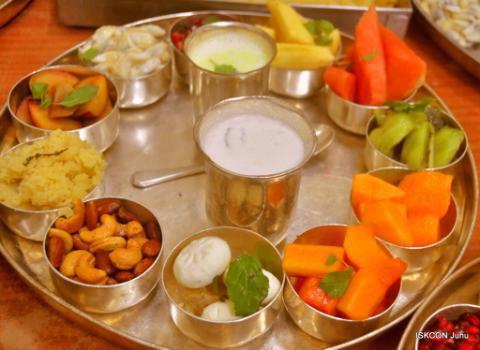
Ekādaśī
Ekādaśī are biweekly fasting and spiritual purification days according to the lunar calendar, which are favorable for meditation, chanting, and other spiritual practices. During this time, it is easier to find inner quiet and develop a deeper connection with Krishna.
Gaura Pūrṇimā
Gaura Pūrṇimā is one of the most important days for Vaishnavas (Krishna devotees), celebrating the appearance of Śrī Caitanya Mahāprabhu, the incarnation who spread the love of Krishna. According to the lunar calendar, it falls on the full moon day of the Phālguna month (around March in the Gregorian calendar). At this time, in Krishna Valley and the Budapest temple, we remember Lord Caitanya, experiencing the power of community and the spiritual joy He brought into the world.
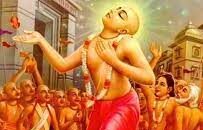
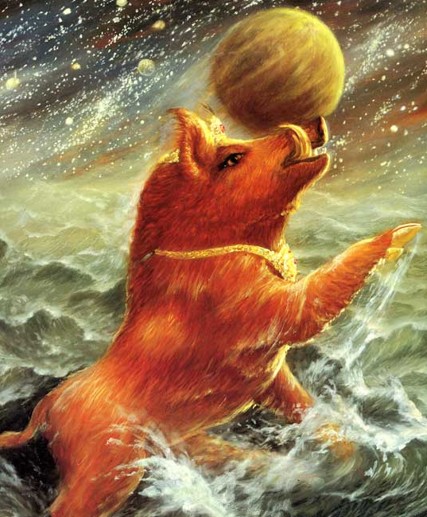
The Appearance of Lord Varāha Deva
The appearance of Lord Varāha Deva (on the Trayodaśī day of the Māgha or Phālguna month according to the lunar calendar, around January–February) celebrates the divine boar incarnation, in which Lord Krishna takes the form of a boar to rescue the Earth (Bhūmi Devi) from the depths of the ocean after it was abducted by a demon. This incarnation symbolizes the protection of nature and the universe, and reminds us that divine power is always present to uphold justice and protect the righteous.
Śrī Śrī Dayāl-Nitāi Apperance Festival
The Śrī Śrī Dayāl-Nitāi Apperance Festival (the anniversary of the installation of the murtis) in Budapest usually falls in mid to late February, during the Krishna Pakṣa (waning moon) of the Magha or Phālguna month according to the lunar calendar. It can fall on the 10th or 11th day (Dvādaśī or Ekādaśī).
This festival brings communal joy, collective singing (kīrtan), and colorful programs, celebrating the installation of the murtis in the temple, which marks the beginning of their spiritual presence.
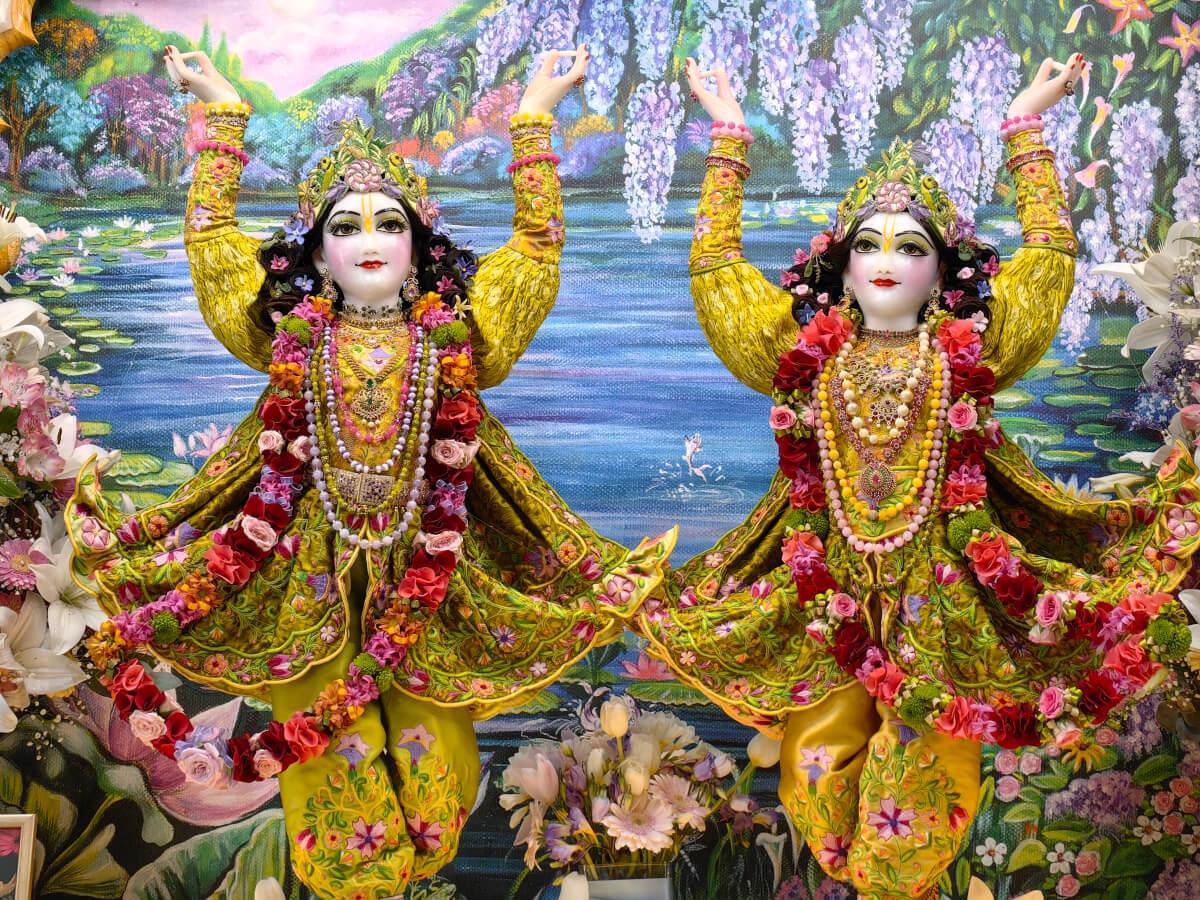
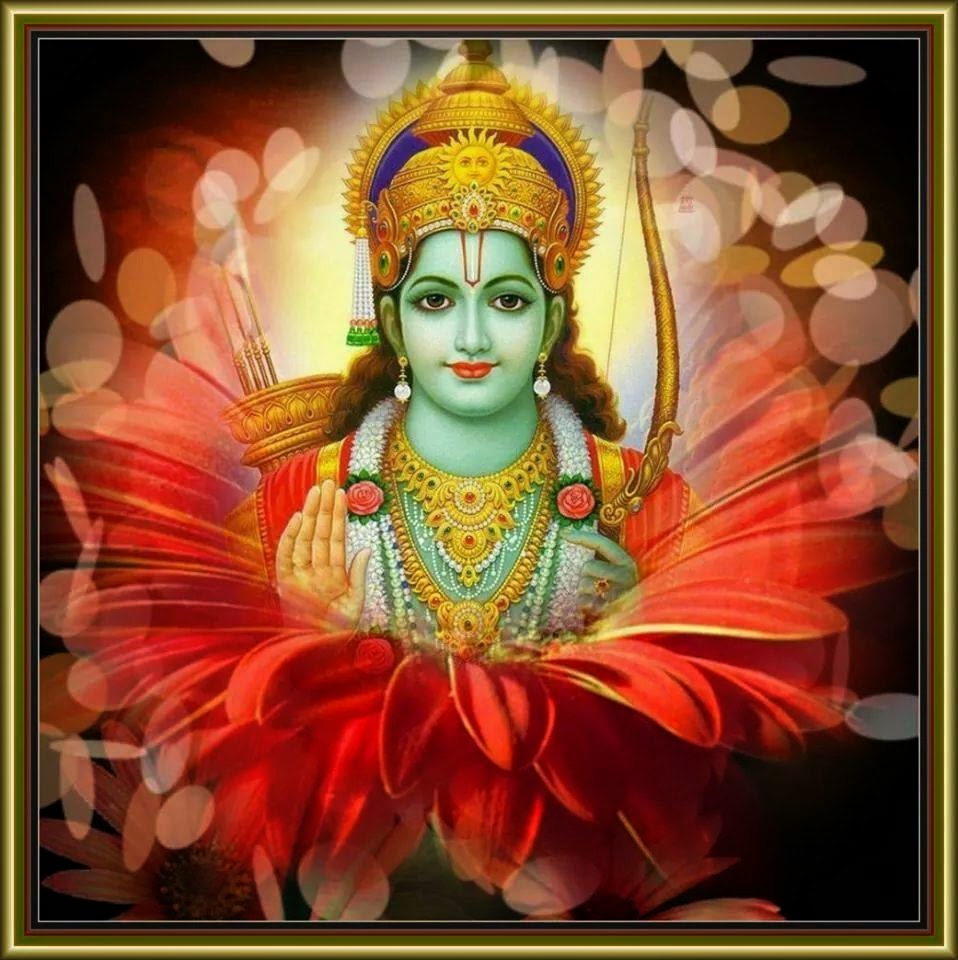
Rāma Navamī
Rāma Navamī (March–April, on the Navamī day of Shukla Paksha in the Chaitra month according to the lunar calendar) celebrates the appearance of Lord Rāmacandra, the ideal king and embodiment of dharma. He is an exemplar of justice, courage, and duty, who brought peace and harmony to the world by defeating evil forces.
Nṛsiṁha Caturdaśī
Nṛsiṁha Caturdaśī (around May, on the Caturdaśī day of Shukla Pakṣa in the Vaiśākha month according to the lunar calendar) marks the appearance of Lord Nṛsiṁhadeva, who appeared in a half-lion, half-human form to protect His devotees and destroy evil, providing safety and security to the faithful in all situations.
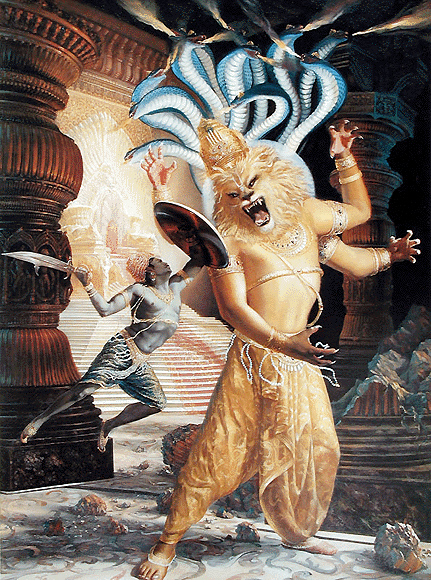
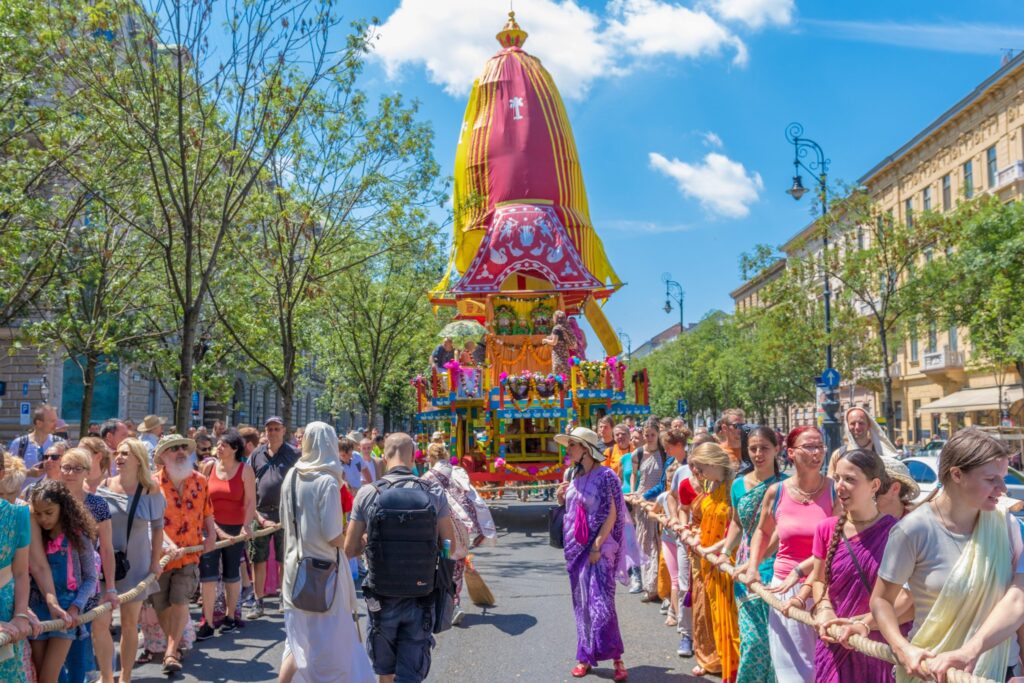
Ratha Yātrā
Ratha Yātrā (June–July, in Budapest, usually on the Dvitīyā or Tṛtīyā day of Shukla Paksha in the Āṣāḍha month according to the lunar calendar) is the famous Chariot Festival, when Lord Jagannātha (a form of Kṛṣṇa), Baladeva (Balarāma, Kṛṣṇa’s brother), and Subhadrā (their sister—together representing the divine family and the bond of spiritual love) are paraded through the city on a massive chariot.
During the festival, the path in front of the chariot is ceremonially swept clean before the devotees, while singers and dancers accompany the procession. Everyone can participate in pulling the chariot ropes, which brings spiritual blessings and purification. The procession continues in Városliget, where visitors can enjoy a full day of programs, a market, cultural performances, and a vegetarian feast, creating an authentic Indian festival atmosphere in the heart of Budapest.
Balarāma Pūrṇimā
Balarāma Pūrṇimā (August, usually on the full moon day of the Śrāvaṇa month according to the lunar calendar) The appearance day of Balarāma, Kṛṣṇa’s elder brother. Balarāma, the elder brother of Kṛṣṇa, is a symbol of strength and service, supporting and assisting Kṛṣṇa in all His spiritual and earthly missions. His appearance is a celebration of pure devotion and inner strength, reminding us that on the spiritual path we need both inner power and humble service.
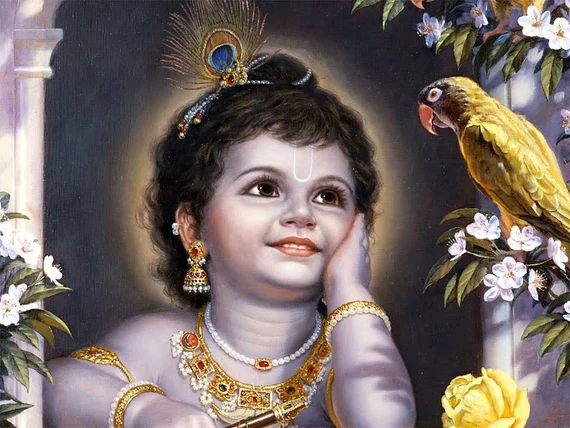
Janmāṣṭamī
Janmāṣṭamī (August–September, usually on the Aṣṭamī day of Kṛṣṇa Pakṣa in the Bhādrapada month according to the lunar calendar) Krishna’s birthday, the most joyous festival of the year, celebrates the appearance of the Supreme Lord, who brings joy and spiritual knowledge to the world.
Rādhāṣṭamī
Rādhāṣṭamī (August–September, on the Aṣṭamī day of Śukla Paksha in the Bhādrapada month) is the birthday of Śrīmatī Rādhārāṇī, Krishna’s eternal companion and the supreme example of devotional service.

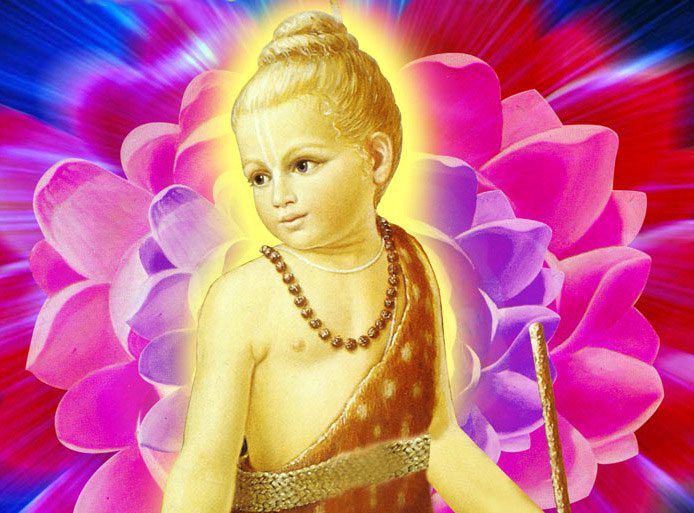
Appearance of Vāmanadeva
The appearance of Vāmana Deva (September, on the Dvādaśī day of Śukla Pakṣa in the Bhādrapada month) is a celebration of humility, when Vāmana Deva (an incarnation of Kṛṣṇa) conquered the universe in three steps, demonstrating the power of divine grace.
Rāmacandra Vijayotsava
Rāmacandra Vijayotsava (October, usually on the Daśamī day of Śukla Pakṣa in the Āśvina month) is the celebration of Lord Rāma’s victory over the demon Rāvaṇa, proclaiming the triumph of good over evil.
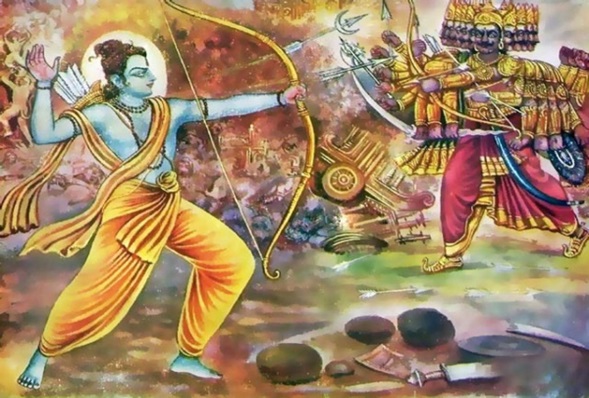
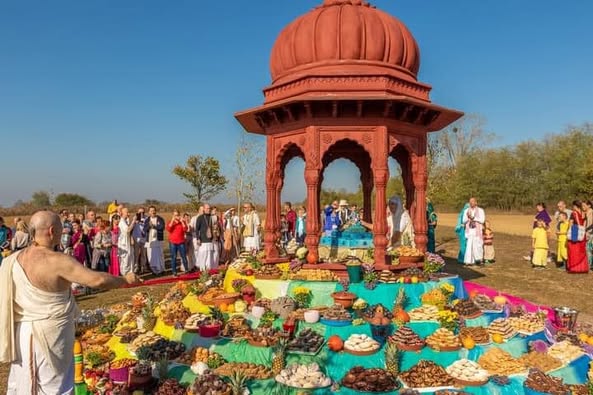
Go-pūjā, Govardhana-pūjā
It falls in October–November, on the Pratipadā day of Śukla Pakṣa in the Kartika month, celebrating the time when Krishna lifted the Govardhana Hill to protect His devotees, and honoring cow protection and respect for nature. On this day, the altar is decorated with mountains of sweets and various delicacies, recalling the lifting of Govardhana Hill and divine care.
Kārtika Month
Kārtika Month (October–November, the Kārtika month, which usually lasts from the day after Śārad Pūrṇimā full moon to the next full moon according to the lunar calendar) is the month of lamp lighting and daily chanting, especially favorable for deepening spiritual life, inner purification, and strengthening one’s connection with Krishna.
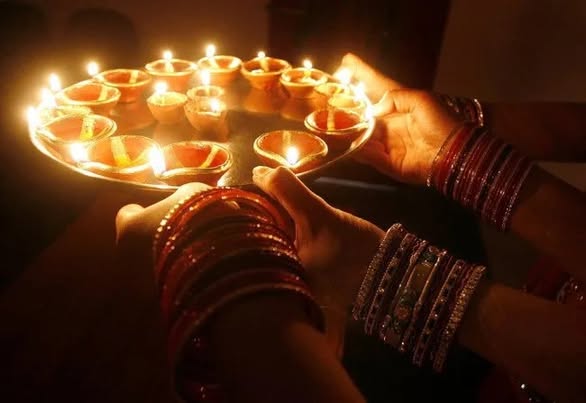
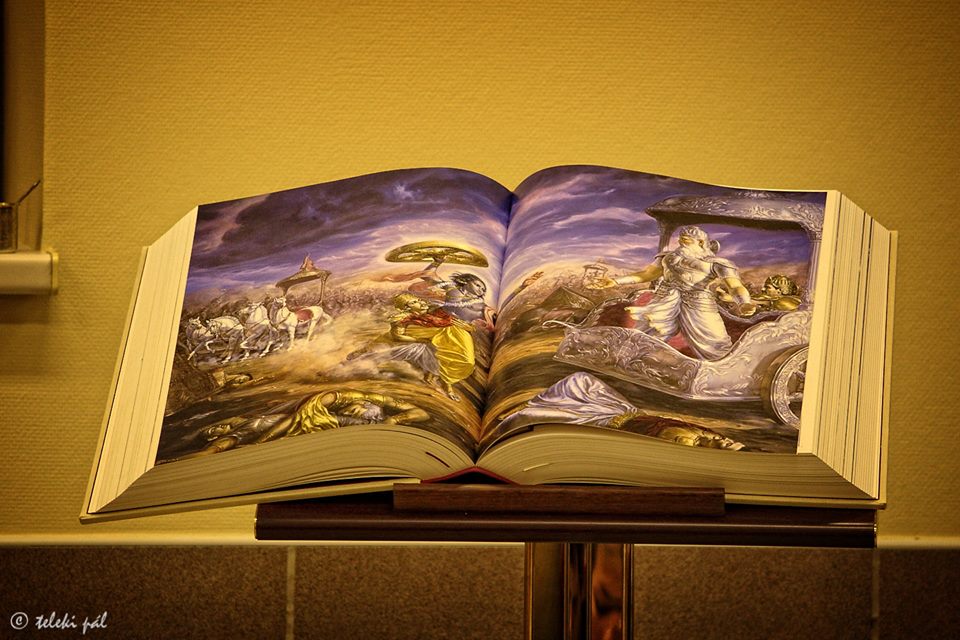
Gītā-jayantī
Gītā-jayantī (December, on the Ekādaśī day of Śukla Pakṣa in the Mārgaśīrṣa month) is the celebration of the appearance of the Bhagavad-gītā, when Lord Kṛṣṇa imparted this sacred knowledge to Arjuna on the battlefield of Kurukṣetra.
Appearance and Disappearance Days of Saints
In the Vaishnava tradition, on the appearance and disappearance days of saints—such as Śrī Advaita Ācārya, Śrīla Bhaktivinoda Ṭhākura, Śrīla Prabhupāda, Gaura Kiśora dāsa Bābājī, and Śrīla Bhaktisiddhānta Sarasvatī Ṭhākura—lectures and kīrtans are held in remembrance of their teachings and exemplary lives, which inspire those walking the spiritual path. On these days, devotees recall with gratitude and respect the legacy of the masters of the Vaishnava tradition, strengthening their connection to the guru-paramparā and the spiritual unity of the community.
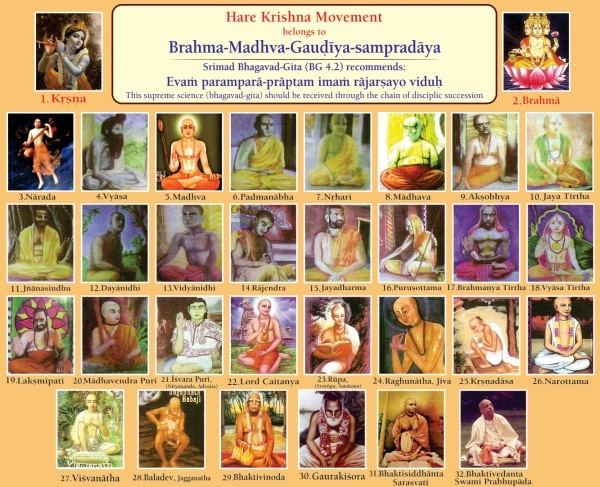
Other frequently celebrated Vaishnava saints include Śrī Rūpa Gosvāmī, Śrī Sanātana Gosvāmī, and Śrīla Narottama dāsa Ṭhākura, who are also commemorated by Vaishnavas on their appearance and disappearance days.
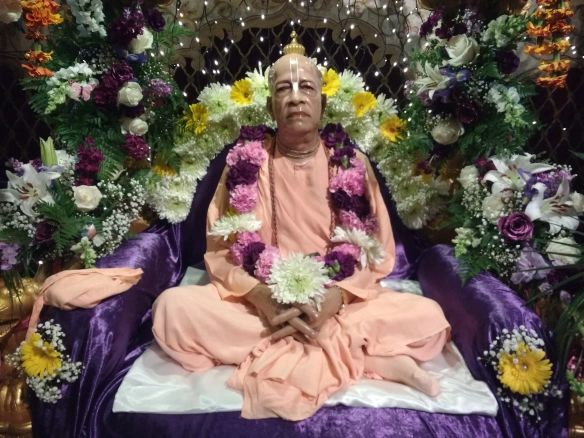
Vyāsa-pūjā – The Festival of Spiritual Teachers
In the Vaishnava tradition, every spiritual teacher, or Guru Mahārāja, has their own transcendental appearance or disappearance day, on which disciples remember them with gratitude and love, honoring their exemplary life and teachings.
In parallel, there is Vyāsa-pūjā / Guru Purnima, which is dedicated to honoring the entire guru-paramparā, the sacred lineage of spiritual teachers. It takes place on the full moon day (Pūrṇimā) of the Āṣāḍha month, which falls in June–July, and is observed especially in gratitude to Śrī Vyāsadeva, the source of the Vedas and all spiritual knowledge.
Other Krishna Valley and In-house Programs:
Happy Cow Festival (May) – a celebration of cow protection.
Holi (March) – a festival filled with colorful powders and music.
Búcsú (July) – the largest event in Krishna Valley.
Krishna Valley Cavalcade, Magic of India, Thematic Days Throughout the Year
Sankirtan Festival on New Year’s Eve (Budapest) – communal singing and chanting.
The Spiritual Benefits and Messages of the Festivals
Vaishnava festivals are not merely traditions or colourful events, but profound spiritual opportunities. Each appearance or disappearance day, each festival is an invitation to deepen our devotion, purify ourselves, and connect with the Supreme. The message of the festivals is to live selfless love, humility, and inner peace, which help us maintain spiritual balance and joy even amidst the challenges of everyday life.
How should we prepare for the festivals?
Spiritual and physical preparation for the festivals is an important part of deepening the spiritual experience. It may be worthwhile to incorporate fasting, chanting, and meditation in the days leading up to the festival to purify both body and mind. Clothing and outward appearance also reflect inner purity – traditionally, we wear light and clean garments. Participation in the community, through kīrtans and shared meals, enriches the festival experience, fostering a deeper connection among participants and with Krishna.
Volunteering oppertunities
In Krishna Valley and at the Budapest temple, the organization and execution of the festivals become truly special with the help of many volunteers. Volunteering is not only a way to support the community, but also an opportunity for personal spiritual growth. If you would like to take part in this wonderful work, you can contribute to festival preparations, welcoming guests, or organizing cultural programs. This is a wonderful opportunity to build relationships and engage in spiritual service.
These festivals are sources of unity, spiritual renewal, and profound joy. We warmly welcome you to Krishna Valley and our programs in Budapest to experience true spiritual enrichment together!



